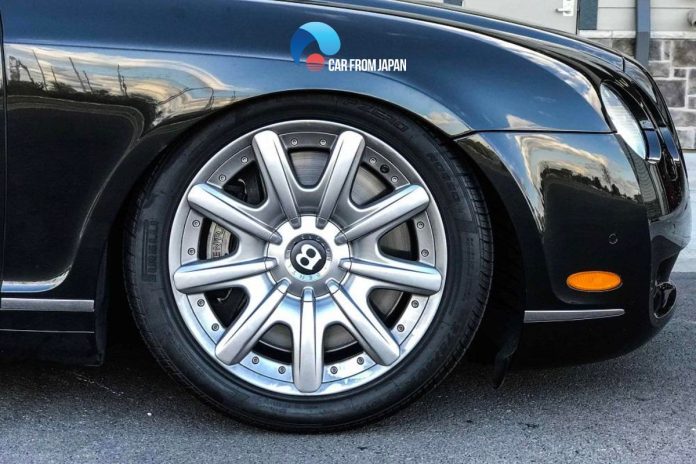Control arms (also known as A-arms) control the wheel’s motion so you can enjoy a smooth ride. So what happens if control arm breaks while driving? Will continuing driving be dangerous?
Control arms and bushings can abrade over time and you need to replace them for the smooth engine function.
Find out the functions of this component, the aftereffects of its breakdown, and the cost of replacement.
Contents
- What Does A Control Arm Do?
- What Happens If Control Arm Breaks While Driving?
- Can You Drive With A Broken Control Arm?
- How To Solve Control Arm Problems?
- How To Prevent Control Arm Breaks While Driving?
- FAQs on Control Arm Breaks
- Is it possible to drive short distances with a broken control arm?
- Will airbags deploy if a control arm breaks while driving?
- Could a control arm failure go unnoticed for a while?
- Are front or rear control arm failures more dangerous?
- If my control arm breaks on the highway, what should I do?
- Can a car pass inspection with a cracked control arm?
- Conclusion
What Does A Control Arm Do?
There could be two to four control arms in a vehicle. It is called a car lower control arm when a vehicle has only two control arms. A few cars and many heavy-duty vehicles have four—two lower and two upper arms.
So, what is a control arm on a car? In simple words, it is a suspension link that joins the car’s frame to the assembly (known as the steering knuckle) that holds a front wheel. Flexible rubber bushings join the control arms to the car’s framework.
What’s the function of this component? It swings up and down when the car hits a bump or pothole, allowing the tires to travel. It plays a major role in keeping both front wheels on the road.
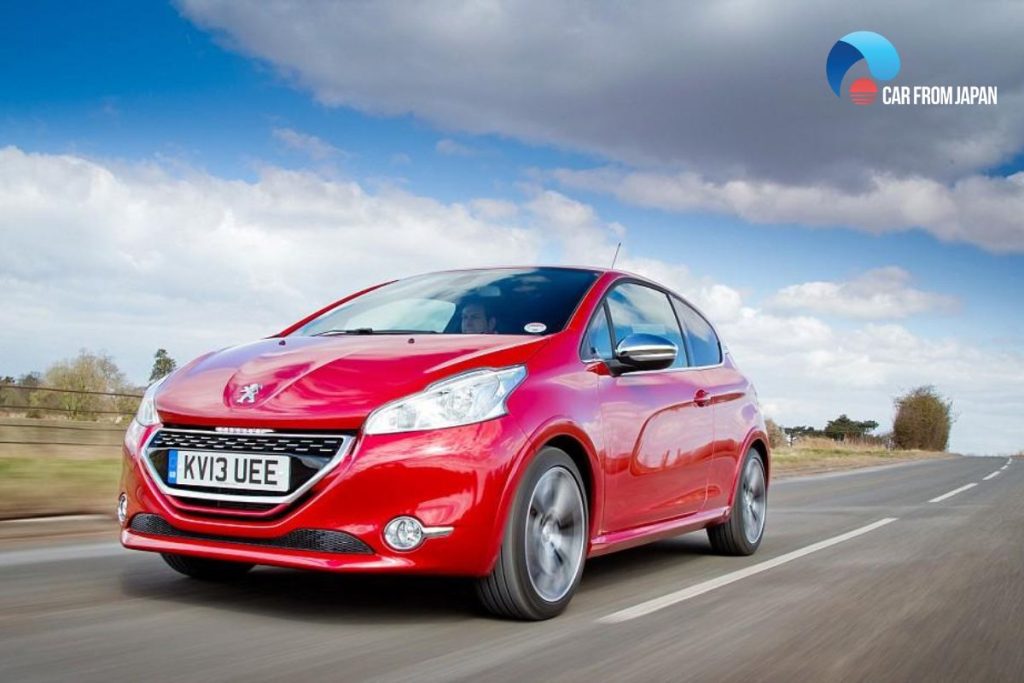
Two other components in this system, a bushing and a ball joint — are also crucial to the operation of control arms.
The broad end of the triangle that is connected to the frame moves a bushing while the other end joined to the steering knuckle navigates on a ball joint.
The average life expectancy of the control arm is from 90000 to 100000 miles depending on the road conditions in your area so it can last longer or shorter.
The bushing or ball joint can deteriorate and stir many problems. A worn-out or damaged control arm is also not safe for the car.
Read More: What To Do When the Car Whines a Lot?
What Happens If Control Arm Breaks While Driving?
A problematic automobile control arm is likely to produce a few symptoms. Any experienced driver will catch them. If you are fairly new to driving, be alert for these warning signs.
Popping sound
Ever heard a ‘pop’ when running over bumps on the road? Or, when speeding up and reducing the speed?
The sound might be the aftereffects of a failing control arm. Loose or excessively worn-out bushing or ball joints could be the reason too.
They knock at the time of acceleration and deceleration and every time the car hits a pothole or a rock.
Unstable steering
What happens if control arm breaks while driving? It directly affects steering performance.
The steering’s alignment gets shifted, causing it to pull either the right or the left side. The problem becomes more noticeable at the time of braking or driving on rough terrain.
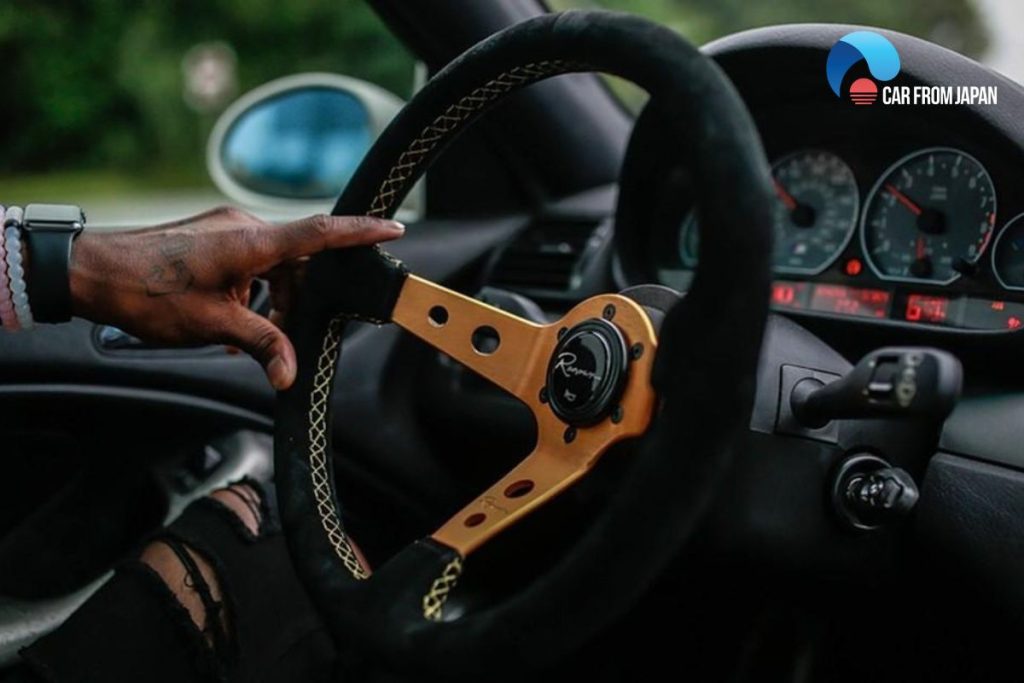
Affected driving performance
The control arm bushings absorb the shock of road bumps. When it’s broken or incapable of functioning, the vehicle will continuously vibrate at the time of driving.
It will also cause the metal sleeves of the control arm to rattle uncontrollably, creating an annoying clunking sound coming from the front wheels.
Uneven tire wear
The tire tread will have uneven wear when the control arm breaks while driving. As you already know, one function of the component is to free up the tire’s movement. When this does not happen, the consequence is uneven wearing.
These symptoms are often hard to detect, especially when you have little knowledge about the mechanism of a motor vehicle.
For this reason, it is often necessary to follow the maintenance schedule. Having the car diagnosed by a mechanic at least once a year could help spot many issues that would otherwise go unnoticed.
Watch this video from Peter Finn the Car Doctor to visually learn more about the faulty control arm damage in cars!
Can You Drive With A Broken Control Arm?
Any problem with any part of the steering system can make your car operate unstably and cause potential dangers when driving.
The car steering wheel is shaking, it is difficult to control or the undercarriage makes an unpleasant noise, which are signs of a damaged control arm.
This is an important part of the car, if there is a problem, it will affect other related parts. So, we alert you that you shouldn’t ever drive when your control arm is broken or bad since it can cause further damage to your car.
In some situations, you still have to drive with a broken control arm, we recommend that you should notice the vibrations or noise coming from your car.
You shouldn’t make a sharp turn or sudden operations that can cause damage to the control arm quickly.
How To Solve Control Arm Problems?
There are a handful of solutions to contain the failing control arm issues. Correcting the axle position, aligning the wheel, and testing the vehicle by taking extreme turns and doing acceleration are a few.
But what happens if control arm breaks while driving? It creates an unpleasant driving experience and several other troubles.
Replacing the broken or severely damaged control arm, ball joint, or bushing is the only way in that case. A control arm is a detail related to the vehicle chassis system.
If they detect signs of this faulty part, drivers should not repair themselves at home but need to give the vehicle to a garage, a reputable warranty and maintenance center for experienced technicians to check and repair timely.
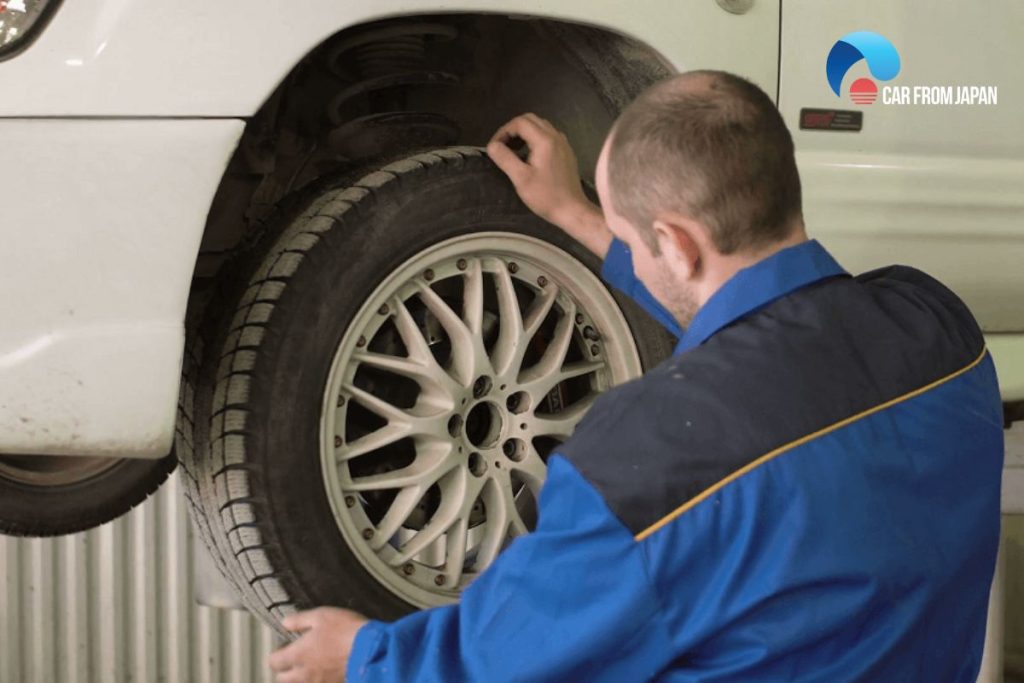
The estimated cost of control arm replacement could be anything between $150 and $390 depending on the extent of damage, labor costs, and a few other things. There is no need to replace both if only one arm is damaged.
But when one is failing there’s a high chance that the other one will also fail soon. You may need to replace the stabilizer bar links and bushings as well, given that the mechanic finds them in deteriorated conditions.
Always remember to do the wheel alignment after the replacement of the worn-out components. It may cost another $100, but this repair job is absolutely necessary to ensure driving safety and avoid sudden failure of the vehicle.
How To Prevent Control Arm Breaks While Driving?
Proper inspection
Professionals will use specialized tools to check for play in the ball joints and bushings, examine the control arms for cracks or bends, and assess the condition of the surrounding components like sway bar links and tie rod ends.
For DIY visual checks, use a flashlight and look closely at the control arms, paying attention to areas where rust commonly forms (welds) and where the control arm mounts to the vehicle frame.
Look for signs of fluid leaks from the bushings, or unusual noises.
Avoid delays in repair
Postponing any bad control arm repairs is a gamble you shouldn’t take. Addressing the issue promptly, when the damage is minor, is the safest and most economical approach.
Think of it like a cavity in a tooth, ignoring it will only lead to a much bigger and more expensive problem later.
Replace in pairs
Control arms and their associated bushings and ball joints wear at roughly the same rate. Even if only one side is visibly damaged or worn, the other side is likely nearing the end of its lifespan as well.
Therefore, you can replace the control arm in pairs ensures balanced handling and even tire wear.
Improve driving habits
Pay attention to the road surface and maneuvering around obstacles whenever safe to do so. If you must drive over uneven surfaces, reduce your speed to lessen the impact forces on your suspension components.
Maintain the tire pressure, as this ensures the suspension operates within its designed parameters!
Use quality parts and ensure proper installation
Cheaper parts may be tempting, but they are often made from inferior materials and may not meet the same quality standards as OEM or reputable aftermarket brands.
In addition, proper control arm installation is also critical.
Promptly check for rust
Washing the undercarriage of your vehicle, especially during the winter months to remove corrosive salt and other debris. Applying a rustproofing treatment can provide an additional layer of protection against corrosion!
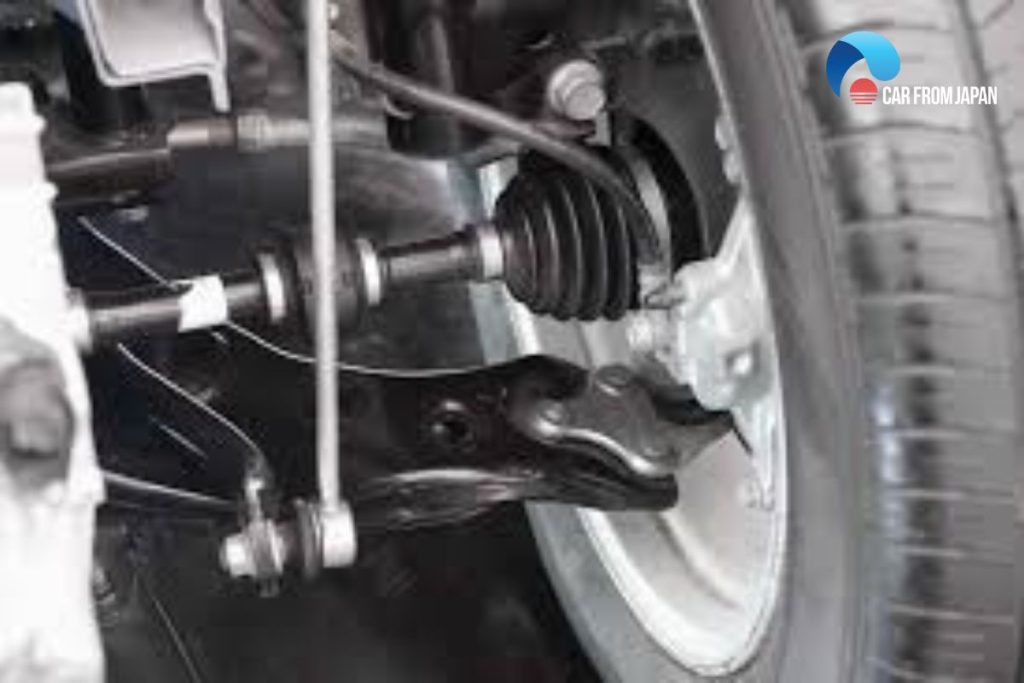
FAQs on Control Arm Breaks
Is it possible to drive short distances with a broken control arm?
Technically yes, but extremely unsafe!
Driving with a broken control arm can cause the suspension to separate from the wheel, leading to tire damage, axle misalignment, or a total wheel detachment.
Will airbags deploy if a control arm breaks while driving?
Not likely. Control arm failure usually doesn’t trigger the sensors required for airbag deployment unless it results in a crash.
Could a control arm failure go unnoticed for a while?
It’s rare, but hairline cracks or internal bushing wear might go unnoticed, especially if you mistake the symptoms for something less serious, like poor alignment or worn tires.
Are front or rear control arm failures more dangerous?
Front control arm failures are generally more dangerous because they directly affect steering and front-wheel stability, especially in front-wheel-drive vehicles.
If my control arm breaks on the highway, what should I do?
Stay calm, avoid sharp steering inputs, and try to coast to the shoulder.
Do not hit the brakes hard unless absolutely necessary, this can worsen the loss of control.
Can a car pass inspection with a cracked control arm?
No. Any visible damage or play in the control arm or its bushings will usually result in a failed safety inspection, especially in countries or states with strict roadworthiness rules.
Conclusion
We hope that now you know what happens if control arm breaks while driving.
Remember maintaining the integrity of your vehicle’s control arms is paramount for safety and optimal performance! So always be aware of any circumtance!
For more insightful Car maintenance tips, follow Car From Japan!

